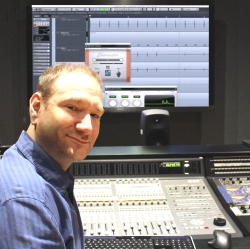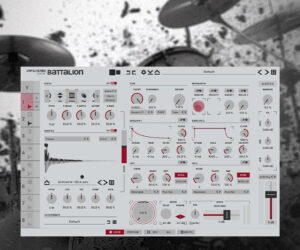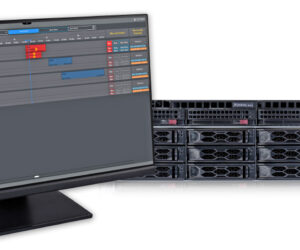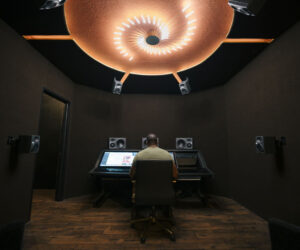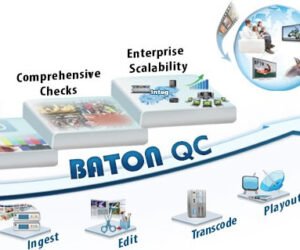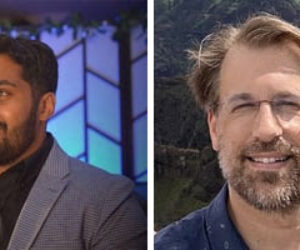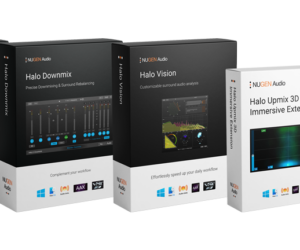As of November 2016, Bill Evans will have a PhD in music technology from Manchester Metropolitan University/Glasgow University for an innovative new model of music production called Belexes. Belexes is a virtual audio workstation (VAD) that uses Volumetric Haptic Display (VHD) t0 project 3D objects into space to create a customized user interface that users can touch and use in space.
While Evans’ head may be floating around in the future, his heart and hands are firmly grounded in the present, where he works as a manager/producer/engineer with support from Metric Halo‘s collection of products.
After obtaining his undergraduate degree in 2001, Evans began working with Kerry Livgren and his then-new band, ProtoKaw. From there, he signed on to manage Neal Morse, promote Morse’s Transatlantic, and become Steve Morse’s ongoing producer. In 2011, he brought these artists and producer Peter Collins together to form the prog group Flying Colors.
“Recently, I’ve signed two of my other favorite artists – the reunited Galactic Cowboys (Mascot Label Group) and comedian/rapper Professor Elemental,” Evans said. “These represent my first forays into progressive metal and comedy – and I’m really feeling the stretch.”
Evans holds some strong opinions about music technology. “I am frustrated by one-size-fits-all music software. There’s a lot of brilliant work out there, but there’s always a gap between what the software does, and what the project I’m working on specifically needs. I feel the technology should be invisible and feel as organic to the process as music instruments themselves. When we were mixing the first Flying Colors album with Michael Brauer at Electric Lady, I was struck by how attuned he was to his gear – his whole mix room was a living, breathing audio processor – custom-built to suit how he mixes. With digital processing, everybody should have that level of specificity—our production tools should emerge from, and configure with, our individual creative process.”
Despite these high expectations, Evans does find tools in today’s offerings that inspire him, including Metric Halo’s Precision DeEsser, TransientControl, and Character. “De-essing is basically a combination of dynamics processing and EQ, so there’s all kinds of risk for degrading the vocal,” he says. “When I’m working with passionate singers like Casey McPherson, Neal Morse, or Eva Kathryn, it’s imperative that de-essing be transparent. Metric Halo Precision DeEsser is the first one I’ve heard that does that. It’s like, I can cross that one off my list, you know? So now pretty much every vocal I do has Precision DeEsser on it. It’s not something I really think about any more. You can hear it (or not hear it actually) on a forthcoming Flying Colors release, on the new Professor Elemental single, and on a new Galactic Cowboys project.”
He continued, “Metric Halo TransientControl came as a surprise because I’d given up on envelope processing. In principle, envelope processors do cool things, but the control they afford always came at the price of degrading the overall dynamic. For example, if I increased the attack transients, the results were sharper, but more brittle. If I increased the decay, the wrong parts of the waveform were amplified. But I was motivated to find something because with drummers like Mike Portnoy and Marco Minneman, I want to use only their acoustic signals; there’s so much feel, complexity and articulation detail in their performances. So sample replacement is the last thing I want to do; but it gives you so much impact and control. Almost everyone is using sample replacement, so I have to compete on sound and still deliver the original performance.
“Metric Halo TransientControl has such a simple interface; I figured why not give it a shot, it’s basically two knobs. I’ve always believed that great audio interfaces minimize the number of controls – and maximize the musicality of their results. Or, to put it another way, effective interfaces never present the variables to create poor results—they constrain and select only the ones that render good results. That’s the scientist in me speaking, but also the engineer whose eyes get glassy every time I see more than four skeuomorphic knobs in a plugin. I was astonished at how good TransientControl sounded, no matter what I put into it. The results were always musical, and so now it’s on pretty much every drum mix I do. TransientControl is one of the best plug-ins I’ve experienced.”
Evans contends that it is Metric Halo’s musicality and flexibly-configurable workflow that set its plugins apart.
“Writing audio plugins is a hidden (and some would say “dark”) art,” he says. “With analog gear, there are design principles that are well-established, if sometimes time-consuming and expensive. There are more constraints with an electric signal, and fewer possibilities means it’s easier to focus on finding the ones that yield the best results. Running your signal out of phase on the other side of the PCB board is tricky, and dropping decoupling capacitors around every signal capacitor is a real pain – but you know when to do it. Once in you’re in the digital domain, there’s a lot of impressive research on how to accomplish things, but almost nothing on how to make it sound musical. We don’t want more control—we want better results! As the convergence of physical and digital processors continues, digital processing will become increasingly less dependent on its analog heritage for interface and design. Capabilities and workflows will become more adaptable to the individual engineer. Plug-ins like Metric Halo Character, Precision DeEsser, and TransientControl are a window to that world… I appreciate what they do, and more so what they don’t do.”


